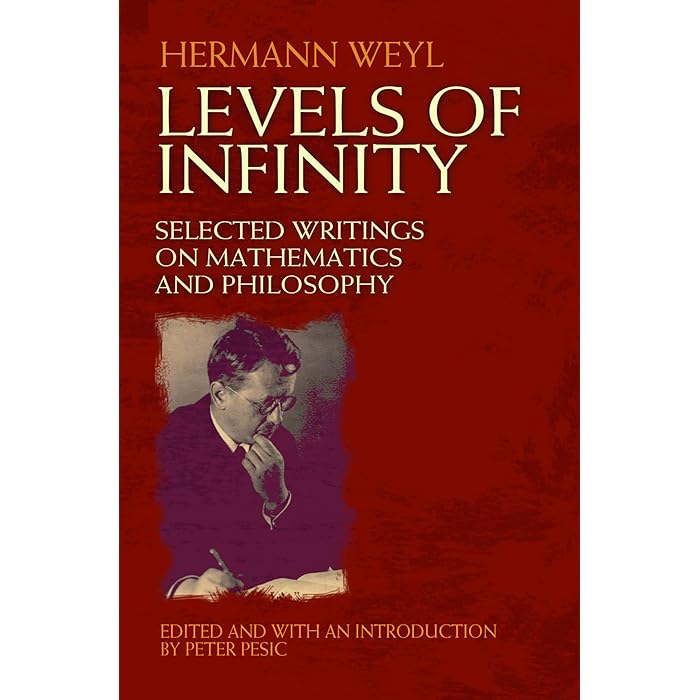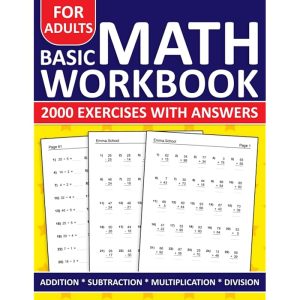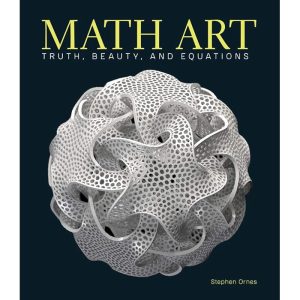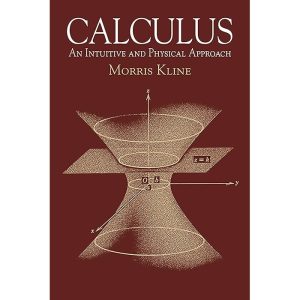Description
The concept of infinity in mathematics is often discussed in terms of **levels** or **sizes**. These levels reflect the different ways in which infinite sets can be structured, and they are explored primarily through **set theory**. The most famous and foundational framework for understanding levels of infinity is **Cantor’s theory of infinite sets**.
### 1. **Countable Infinity (ℵ₀)**
The first level of infinity is **countable infinity**, denoted as ℵ₀ (aleph-null or aleph-zero). This refers to sets that have the same cardinality (size) as the set of natural numbers, \( \{0, 1, 2, 3, \dots\} \).
– A set is **countably infinite** if its elements can be listed in a sequence, i.e., it can be put into a one-to-one correspondence with the natural numbers.
– The set of natural numbers, the set of integers, and the set of rational numbers (fractions) are all examples of countably infinite sets.
– Even though there are infinitely many rational numbers between any two integers, you can still count them, which is why they are considered countably infinite.
### 2. **Uncountable Infinity**
The next level of infinity is **uncountable infinity**, which refers to sets that are **larger** than any countable set. These sets cannot be put into one-to-one correspondence with the natural numbers because their cardinality exceeds that of ℵ₀.
– The most famous example of an uncountably infinite set is the set of **real numbers** \( \mathbb{R} \), which includes all the rational and irrational numbers.
– The **continuum hypothesis** suggests that the cardinality of the real numbers (denoted \( \mathfrak{c} \)) is strictly greater than ℵ₀, but not as large as the next level of infinity.
– **Cantor’s diagonalization argument** shows that there is no way to list all real numbers in a sequence, implying that their set is uncountable.
### 3. **Larger Infinities (ℵ₁, ℵ₂, …)**
Beyond the first uncountable infinity, there are even larger infinities. These are denoted by **aleph numbers** (ℵ₁, ℵ₂, ℵ₃, …), and they represent the cardinalities of sets that are larger than the set of real numbers.
– **ℵ₁** is the next cardinal number after ℵ₀ and represents the cardinality of the set of all countable ordinal numbers (which are a specific type of well-ordered set).
– **ℵ₂** represents the cardinality of the set of all sets of real numbers (essentially, a set whose size is strictly larger than ℵ₁).
– In general, for each infinite cardinal number ℵₙ, there is a corresponding set whose cardinality is exactly ℵₙ.
The exact nature of these larger infinities can get quite abstract, and their study falls under advanced set theory, especially in the areas of **ordinal numbers** and **large cardinals**.
### 4. **The Continuum Hypothesis (CH)**
The **continuum hypothesis** addresses the relationship between ℵ₀ and the cardinality of the real numbers. It asks whether there is a set whose cardinality is strictly between ℵ₀ and the cardinality of the continuum (the real numbers, denoted \( \mathfrak{c} \)).
– In **Zermelo-Fraenkel set theory (ZF)** with the **Axiom of Choice (AC)**, the continuum hypothesis can neither be proved nor disproved—it’s independent of the standard axioms of set theory, meaning that both the continuum hypothesis and its negation are consistent with the standard set theory, assuming that the theory itself is consistent.
### 5. **Hierarchy of Infinities and Cardinal Arithmetic**
There is a whole hierarchy of infinities, each one strictly larger than the previous one. The mathematics of these larger infinities involves cardinal arithmetic, which studies operations (like addition, multiplication, and exponentiation) with infinite cardinal numbers.
– The cardinal arithmetic of infinite numbers behaves differently from finite arithmetic. For instance, adding two infinite cardinal numbers, such as ℵ₀ + ℵ₀, still results in ℵ₀.
– The set-theoretic **Power Set** of any infinite set has a larger cardinality. For example, if \( S \) is a set with cardinality ℵ₀, the power set of \( S \), denoted \( P(S) \), will have a cardinality of \( 2^{\aleph_0} \), which is the cardinality of the continuum \( \mathfrak{c} \).
### Conclusion
– **Countable infinity** (ℵ₀) is the first level of infinity, where you can enumerate the elements.
– **Uncountable infinity** (like the continuum) represents sets that are “larger” than countable infinity.
– There are infinite “sizes” of infinity, with each subsequent level (ℵ₁, ℵ₂, etc.) representing a larger infinity.
– The study of these infinities is central to **set theory**, especially the study of **cardinality** and **ordinal numbers**.





























Reviews
There are no reviews yet.